SGGP
According to the Ministry of Agriculture and Rural Development, Vietnamese shrimp is now present in 100 countries, bringing in billions of dollars in recent years. However, the shrimp industry is facing challenges due to fierce competition from other countries.
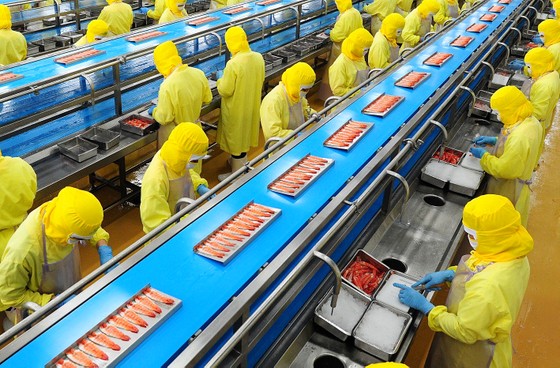 |
| Workers at CP Vietnam Frozen Shrimp Factory in Thua Thien Hue are processing shrimp. |
Many disadvantages
According to Mr. Ngo The Anh, Head of the Aquaculture Department (Department of Fisheries, Ministry of Agriculture and Rural Development), Vietnam's shrimp exports are the second largest in the world, with an export value of 13%-14% of the global shrimp industry. On average, shrimp contributes about 45% of the total seafood export value each year, equivalent to 3.5-4 billion USD. Although in the first 6 months of the year, the shrimp industry increased its farming area (more than 650,000 hectares, up 6.4% over the same period), and had a good harvest (467,000 tons, up 4% over the same period), shrimp export turnover decreased due to high input costs and production costs, while selling prices were low. Therefore, shrimp exports decreased by nearly 32% compared to the same period last year, with the sharpest declines in the European (EU) markets with 48%, the United States 38%, South Korea 28%, Japan 29% and China 15%.
Along with the decline in exports, shrimp exporting enterprises said that the shrimp industry is also facing many disadvantages, especially in meeting technical barriers. Mr. Le Van Quang, General Director of Minh Phu Seafood Corporation (Ca Mau), shared that enterprises have built raw material areas to meet the needs of each market such as the United States and the EU, but the certified area is still very small. Vietnam is currently applying many GlobalGAP certifications, but large markets do not require this certification. Meanwhile, Ecuadorian enterprises have received support from the government to certify a large farming area.
“Localities, ministries and sectors need to coordinate with organizations and businesses to confirm and certify raw material areas that meet market requirements. That is, we must follow whatever standards the market requires, not do things they do not need,” Mr. Le Van Quang suggested.
On the other hand, some markets do not fully trust and still check 100% of imported shrimp shipments for antibiotic residues, specifically the Japanese market. This leads to Vietnamese shrimp spending more money at the port, wasting time, and reducing competitiveness. Meanwhile, shrimp imported from Thailand and India into Japan are only inspected for 20%-30% of the shipment. Furthermore, in the US market, since 2004, Vietnamese shrimp has also faced disadvantages from trade defense in terms of investigation and application of anti-dumping tax.
Appropriate adaptation
Assessing seafood exports in general and shrimp in particular, Ms. Nguyen Hoang Thuy, Vietnam Trade Office in the Nordic bloc, said that the EU will use more seafood, gradually reduce red meat consumption to reduce carbon emissions from livestock farming. Along with environmental protection, EU people will use more ecological shrimp, organic shrimp; canned food... Therefore, Vietnamese enterprises can study the connection to supply raw shrimp and become a value chain for processors.
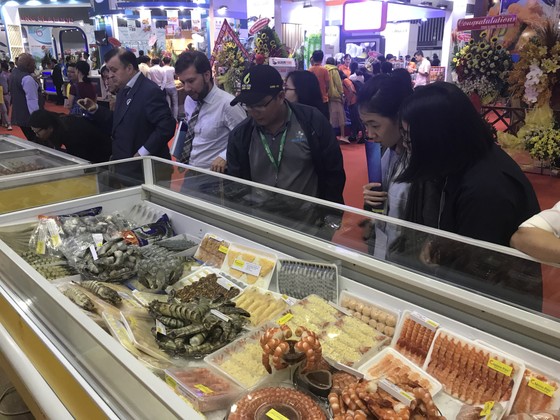 |
Foreign businesses visit shrimp booths at the Seafood Fair held at Saigon Exhibition and Convention Center (SECC) (District 7, HCMC) |
The Agricultural Counselor of the Vietnam Trade Office in the United States predicted that by the end of this year, the US shrimp inventory will decrease, and import businesses will increase their purchasing power again. The country even did not increase interest rates so that businesses could purchase with the expectation that inflation would gradually be controlled. "The United States pays great attention to processed shrimp because it is convenient and can be preserved for a long time. On the other hand, Vietnamese businesses need to cooperate with international partners to improve the quality of shrimp seeds. In particular, it is necessary to keep complete records of the production and processing process to retrieve information and serve on-site inspections by US authorities," the Agricultural Counselor of the Vietnam Trade Office in the United States noted. Regarding the Chinese market, experts said that Vietnamese businesses have only exported to neighboring markets, while the northern and central regions of China have a lot of room but have not yet been able to access it.
“China is reducing shrimp farming due to high input costs, increasing shrimp imports from countries with lower prices for processing and re-export. This is a great opportunity for the Vietnamese shrimp industry to develop strongly,” commented the representative of the Vietnamese Trade Counselor in China.
In order for the shrimp export industry to reach more than 4.3 billion USD in 2023, Mr. Tran Thanh Nam, Deputy Minister of Agriculture and Rural Development, said that the shrimp source in the reserves of countries is decreasing, and countries with shrimp industries competing with Vietnam are also reducing production. Taking advantage of this opportunity, Vietnamese enterprises should boost exports. In addition, Vietnam's trade offices in other countries need to re-determine whether the logistics costs are high or the raw material prices are high so that the Ministry of Agriculture and Rural Development can work with relevant units.
“The ministry’s viewpoint is not to buy cheap raw materials to lower the quality of shrimp. Regarding long-term stable development solutions, Vietnamese trade offices need to increase promotion and advertising of the image of Vietnamese shrimp, and provide timely information on market fluctuations to the Ministry of Agriculture and Rural Development and the Ministry of Industry and Trade to orient farming areas, as well as processing and export activities. In addition, the Ministry of Industry and Trade needs to promote the signing of more free trade agreements, support businesses to exploit the potential of the agreements, as well as have solutions to adapt to technical barriers,” Deputy Minister Tran Thanh Nam emphasized.
In 2022, shrimp exports will reach 4.3 billion USD. The three localities leading the country in shrimp exports include: Ca Mau with over 1 billion USD; Soc Trang with nearly 1 billion USD; Bac Lieu with over 850 million USD. In the first 6 months of 2023, Ca Mau province exported over 497 million USD; Soc Trang is estimated to reach 420 million USD; Bac Lieu 413 million USD. Regarding shrimp export markets in the first 6 months of 2023: EU reached 192 million USD; USA 298 million USD; Korea 166 million USD; Japan 236 million USD; China 280 million USD.
Source


![[Photo] Overcoming all difficulties, speeding up construction progress of Hoa Binh Hydropower Plant Expansion Project](https://vstatic.vietnam.vn/vietnam/resource/IMAGE/2025/4/12/bff04b551e98484c84d74c8faa3526e0)



![[Photo] Closing of the 11th Conference of the 13th Central Committee of the Communist Party of Vietnam](https://vstatic.vietnam.vn/vietnam/resource/IMAGE/2025/4/12/114b57fe6e9b4814a5ddfacf6dfe5b7f)

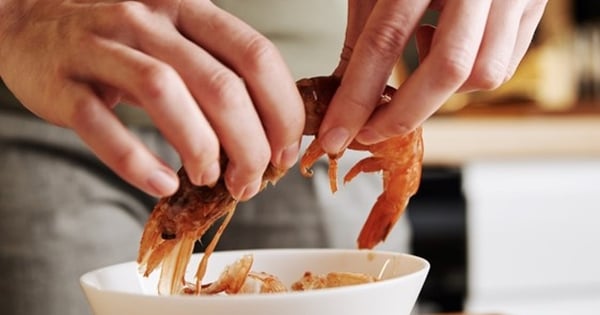

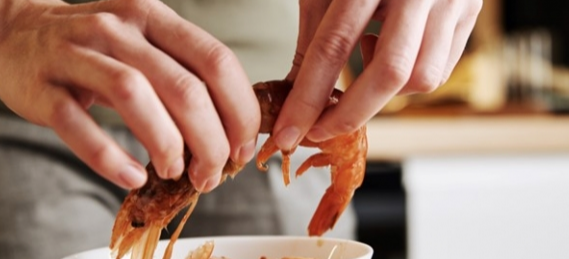

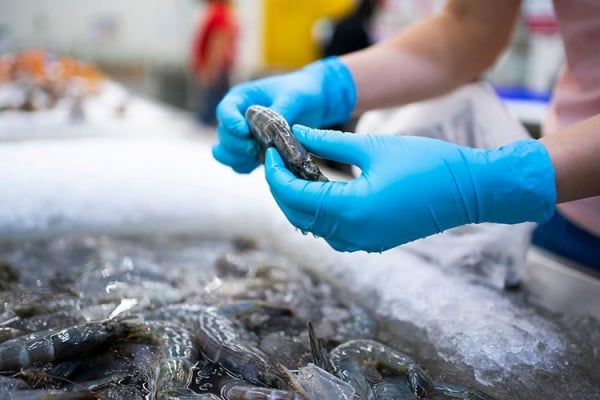

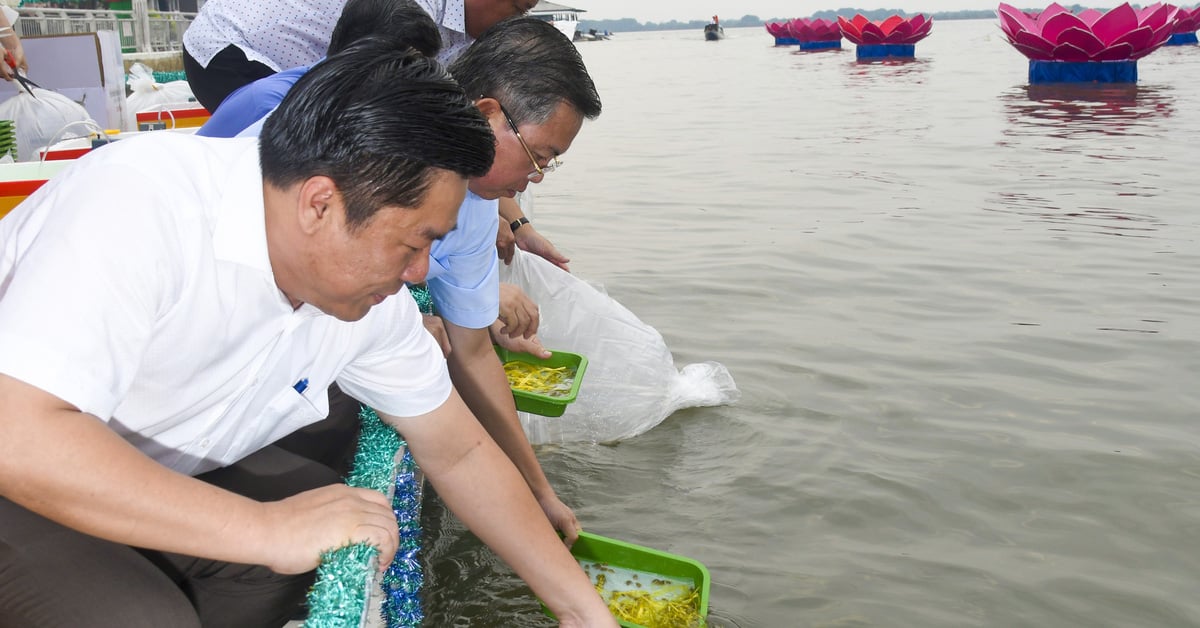

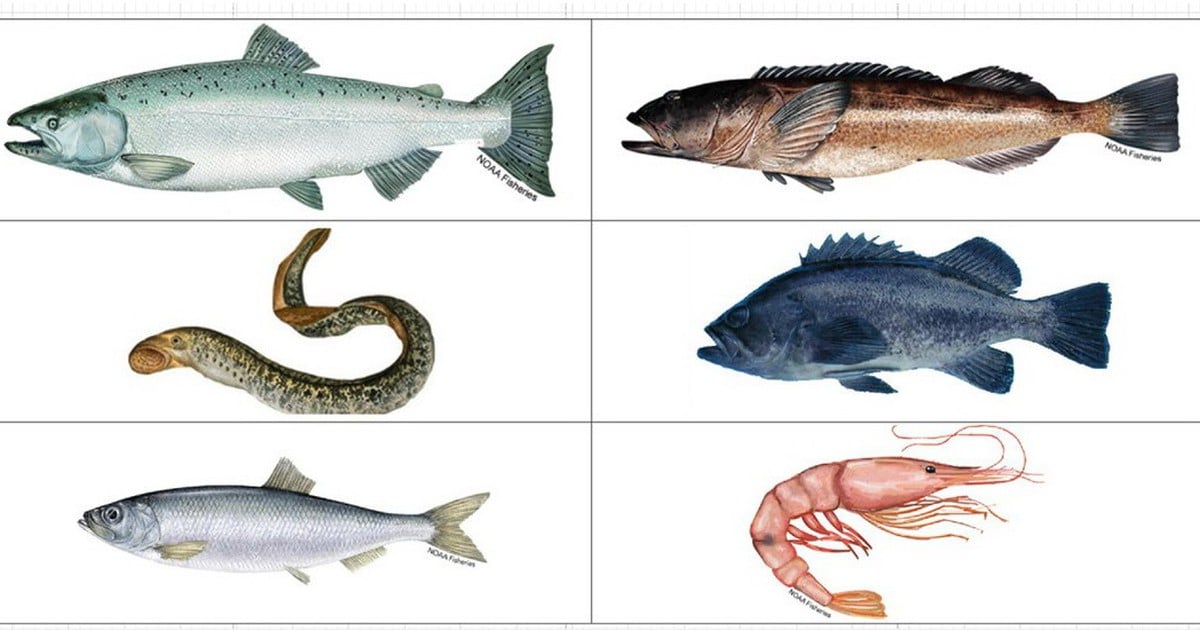



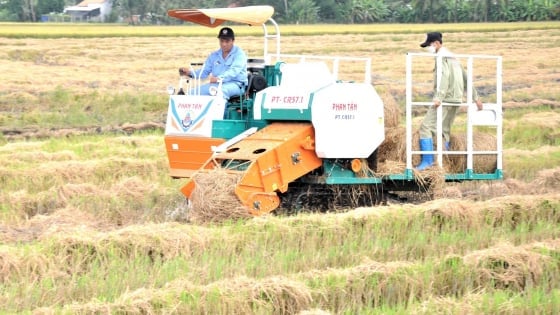

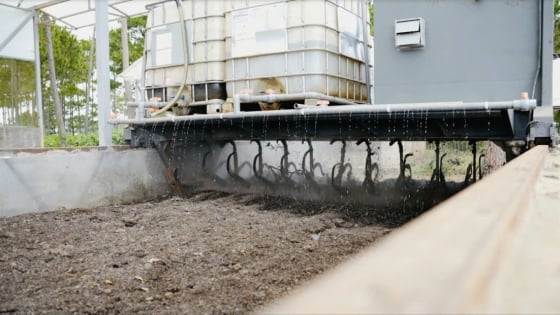

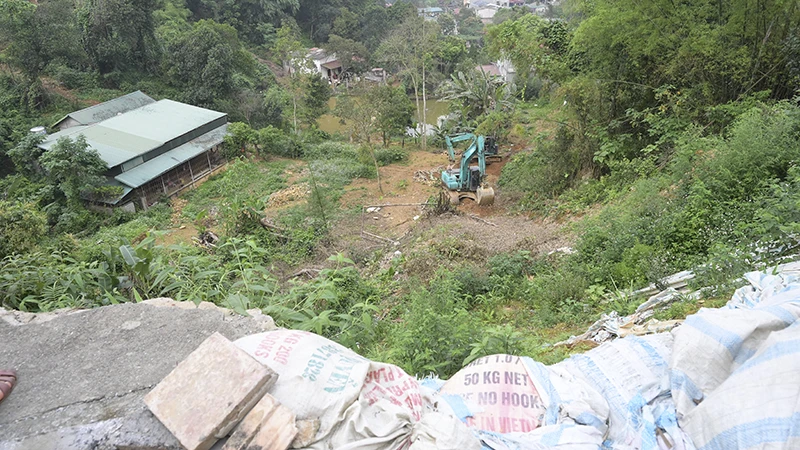
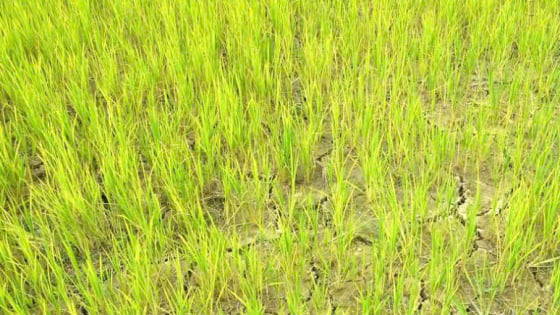






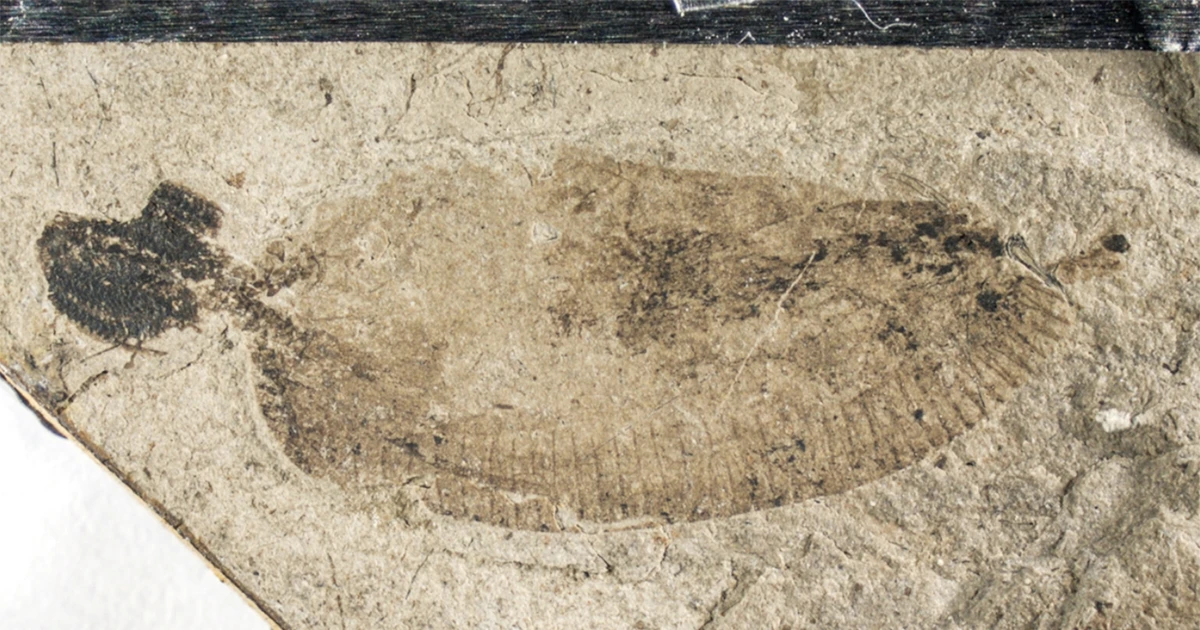

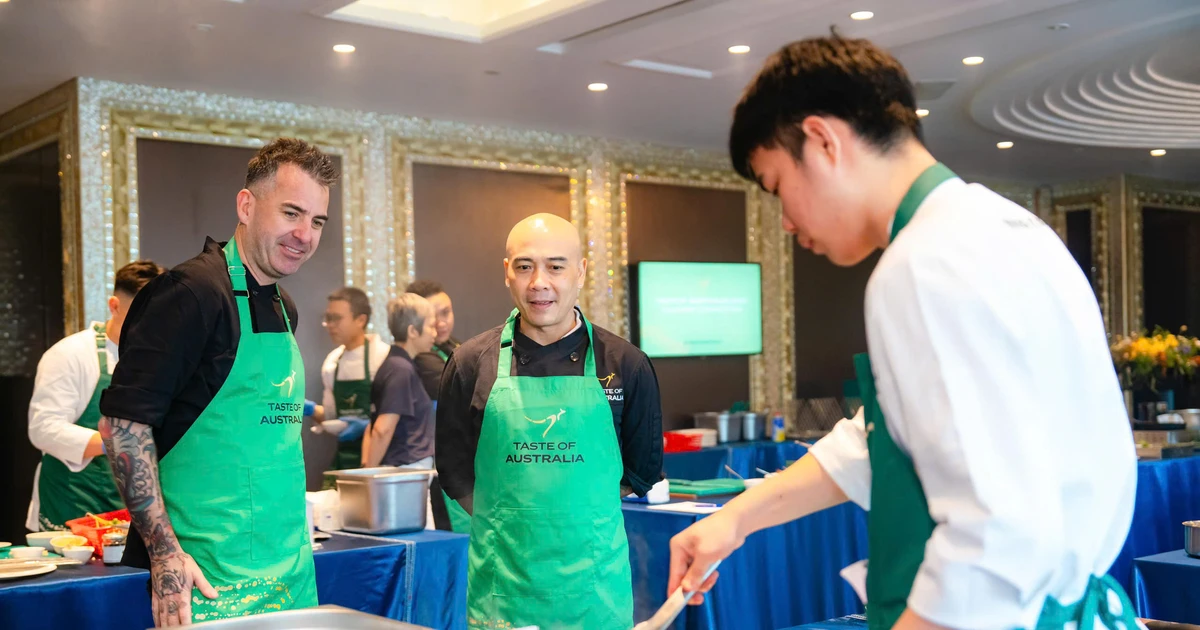































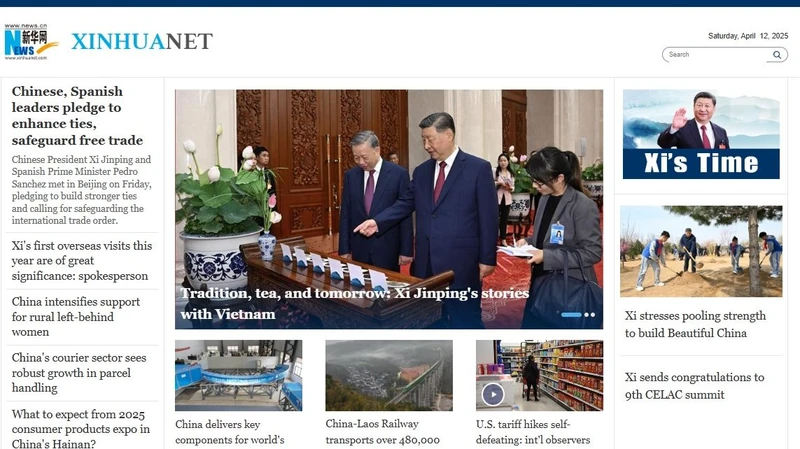
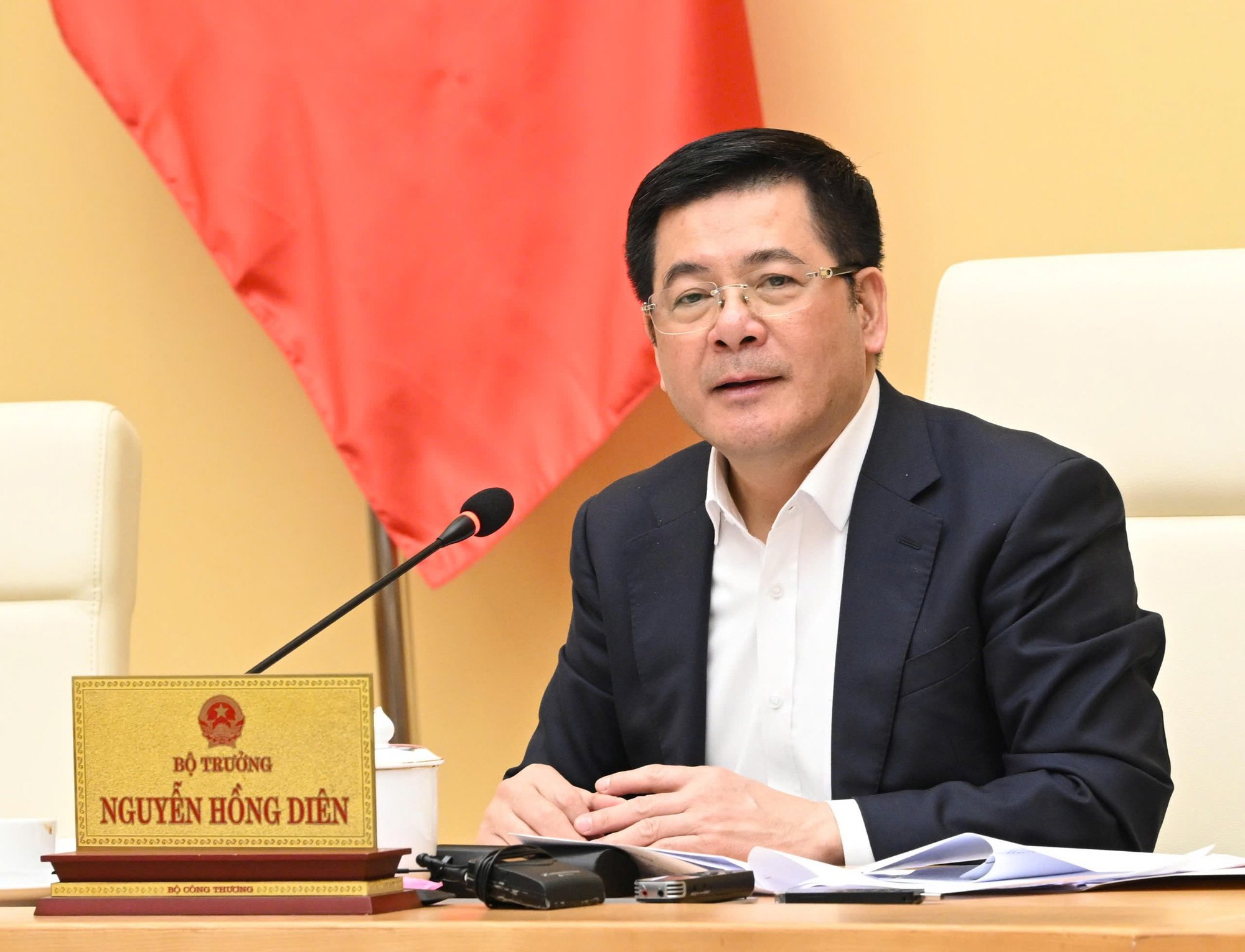
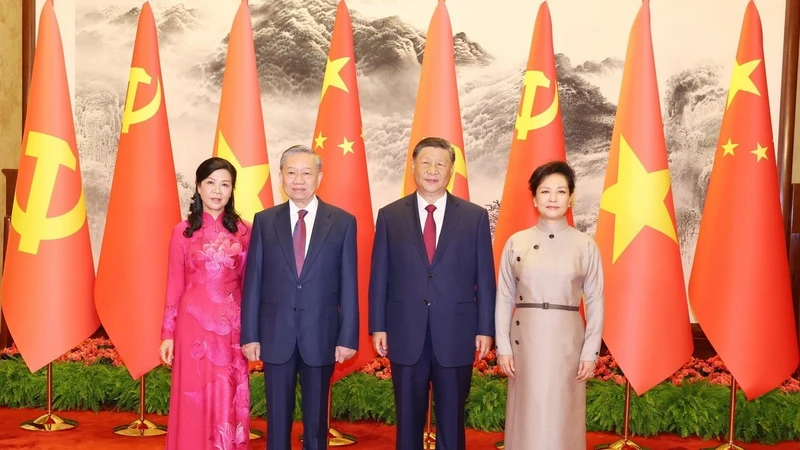










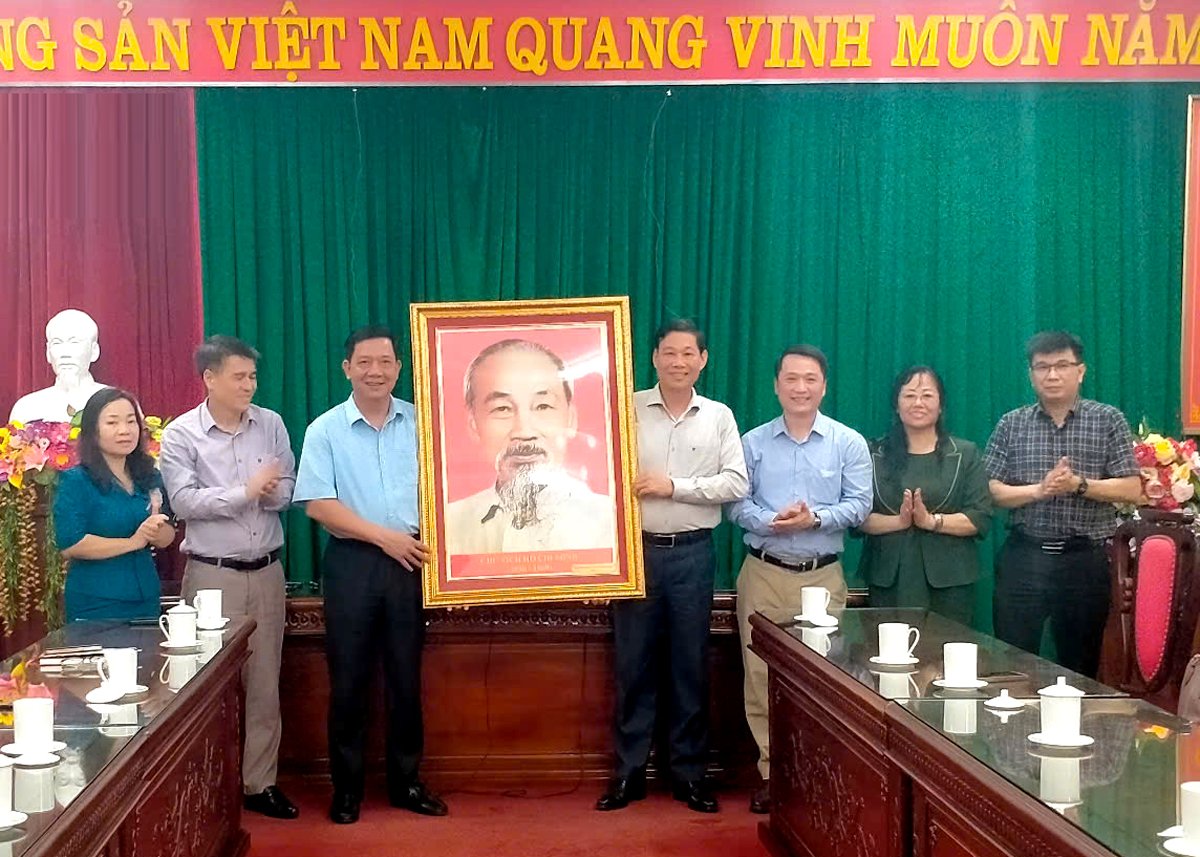
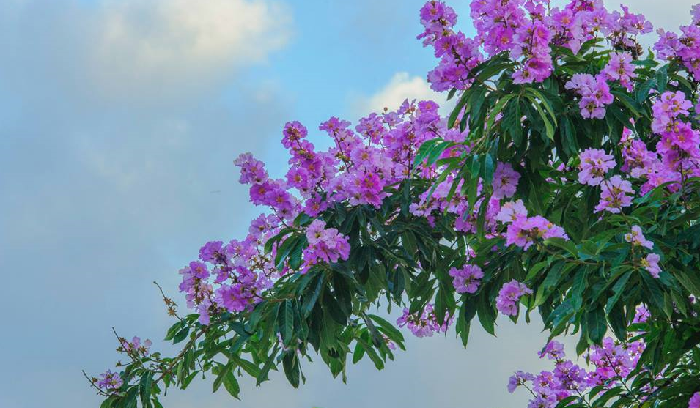


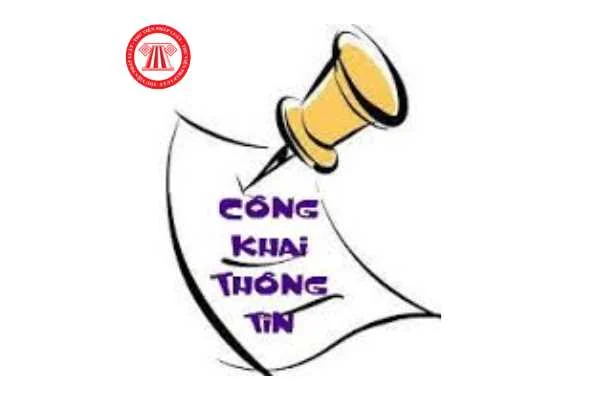



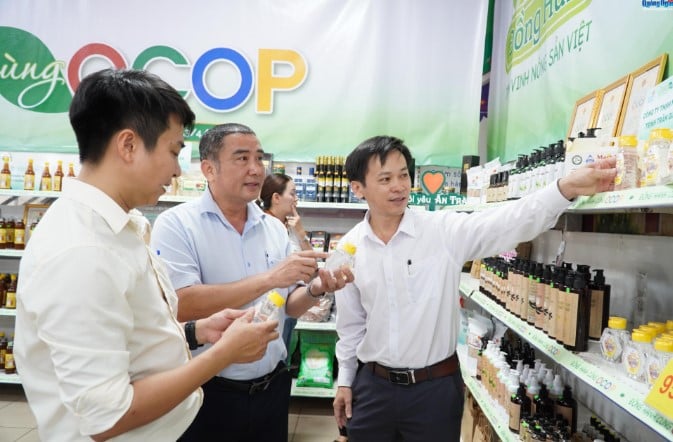









Comment (0)